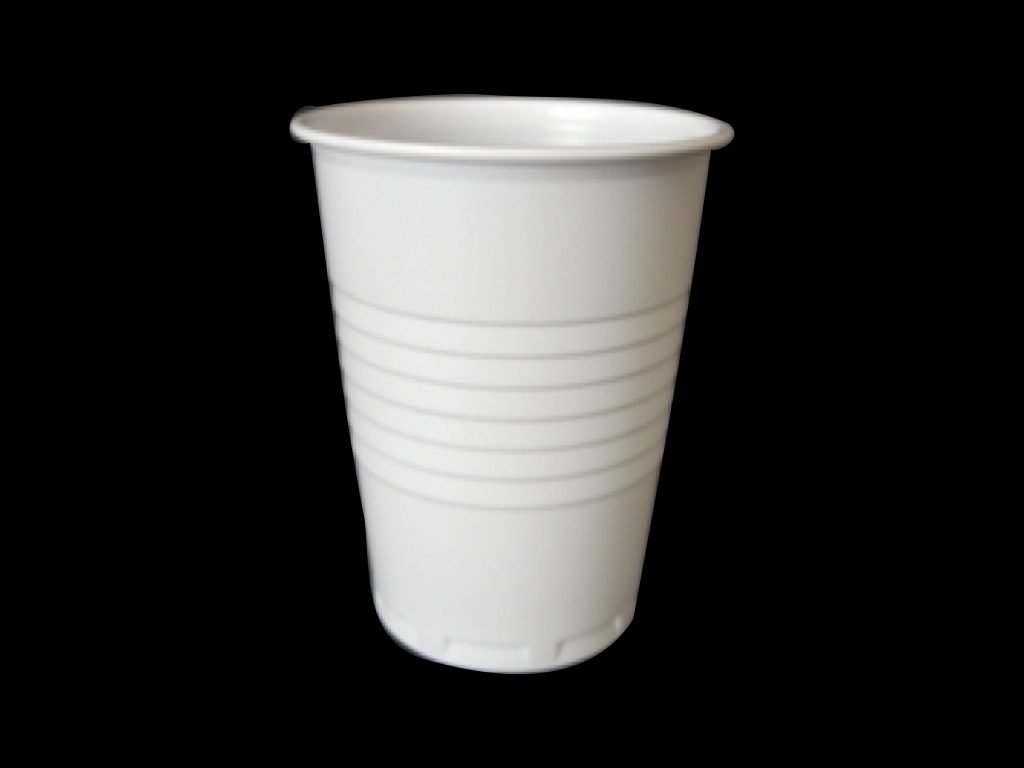Will our plastic world collapse?
 Sunday, October 11, 2015 at 05:04AM
Sunday, October 11, 2015 at 05:04AM We’ve had plastics for more than a century. In that time we have identified an ever-expanding list of uses for them and a forever increasing number of different types (although not necessarily in that order). One of the most important practical characteristics of most plastics is that they last. Plastics are not easily damaged by water or air. Microorganisms do not commonly – or readily - break down plastics either and that is a problem.
From the myriad of common plastic items comes a tide of refuse. Shopping bags, food wrappers, drinking straws, soft drink bottles and cosmetic microbeads are distributed far and wide by people water and wind. CSIRO scientists recently concluded that by 2050 90% of sea birds will have plastic in their gut.
None us have never known a time without plastics, but a little over a hundred years is not even a blink of an eye in evolutionary time. Microorganisms simply have not had time (and perhaps reason) to evolve ways of breaking down the vast bulk of plastics. Microorganisms, however, reproduce quickly and there is more some evidence that things might be changing.
In 2011 marine biologists at the Woods Hole Oceanographic Institution in Massachusetts presented evidence of bacteria apparently eating away at the surface of plastic waste in Atlantic Ocean. A few years earlier, two secondary students (Daniel Burd and Tseng I-Ching) separately showed that some strains of bacteria can break down some common plastics, specifically polyethylene and polystyrene. Earlier this year scientists in China and US added more depth to this by showing that mealworms are quite happy consuming polystyrene – because of the bacteria in their guts.
Even as early as the 1970s, Japanese scientists identified bacteria that could break down nylon.
Scientists from Yale published a study in 2011 showing that some varieties of the fungus Pestalotiopsis microsporacan not only break down polyester polyurethane (PUR), but can actually live on it in anaerobic conditions and with the PUR as the only source of carbon.
All of this is very exciting when you think about being able to biodegrade all the immense volumes of plastic landfill we have accumulated, not to mention the masses of waste plastic that make their way into our oceans and waterways. Plastic waste debris. Image by CSIRO.
But . . .
If microorganisms that can break down plastic become widespread, especially if they are able to feed on a range of plastics, what happens next? Look around you. Plastics are used clothing, automotive parts, construction materials, electronic components. Buttons, contact lenses, electrical cable insulation, sunglasses, runners, dashboards, prosthetic limbs, flash drives, inflatable toys, plumbing pipes, credit cards, wet suits . . .
There is a rich supply of food for the microorganisms that develop the capacity to consume it. There is also the risk that in the act of biodegrading plastics, the microorganisms might release all manner of unpleasant or dangerous compounds.
It seems therefore that we need to learn as much as possible about such organisms, so that they can help us with our burgeoning waste problem, but also so that they don’t start eating the “wrong” things. Taken to a fairly extreme length, things would literally fall apart.
References (3)
-
 Response: www.ccc-group.comThere is a rich supply of sustenance for the microorganisms that build up the ability to expend it. There is likewise the danger that in the demonstration of biodegrading plastics, the microorganisms may discharge all way of obnoxious or perilous mixes.
Response: www.ccc-group.comThere is a rich supply of sustenance for the microorganisms that build up the ability to expend it. There is likewise the danger that in the demonstration of biodegrading plastics, the microorganisms may discharge all way of obnoxious or perilous mixes. -
 Response: Napaco
Response: Napaco -
 Response: katanakatana
Response: katanakatana

Reader Comments